BoJ board member Hajime Takata highlighted in a speech today the significant shifts in firms’ behavior on price-setting and wages, leading to a budding “virtuous cycle between wages and prices” in Japan.
The existence of the virtuous wage-price cycle, if it sustains, could give BoJ more room to navigate its monetary policy and prompt an exit from the ultra-loose monetary policy, particularly if it’s accompanied by “proactive and forward-looking efforts by firms” and appropriate “policy responses by the government.”
“My understanding is that, on the whole, firms’ price-setting behavior has changed from that observed during the deflation period,” Takata said. This shift in behavior indicates that Japanese firms, traditionally cautious in raising prices, are beginning to pass on increased costs to consumers.
The significant point here is not merely the change but also the why of the change. According to Takata, firms’ new willingness to adjust selling prices upwards is “likely because consumption has been solid even when prices have been rising, underpinned by standby funds that accumulated during the pandemic and by pent-up demand.”
Another key takeaway is the substantial change in firms’ wage-setting behavior. “As reflected in the results of the annual spring labor-management wage negotiations this year, firms’ wage-setting behavior has changed, leading to wage increases and moves to pass on higher wage costs to selling prices,” Takata highlighted. This wage growth has, in turn, boosted consumer sentiment, potentially setting the stage for a self-sustaining cycle of growth and inflation.
What financial markets should keep an eye on are the upcoming annual spring labor-management wage negotiations. Takata expects a “relatively high wage growth rate,” given that labor shortages and high inflation rates are likely to continue.
Full speech of BoJ Takata here.






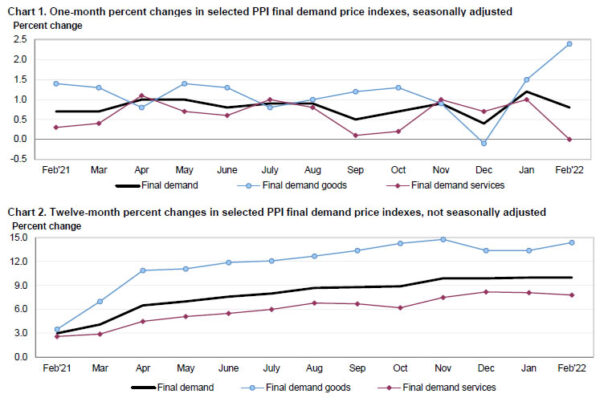
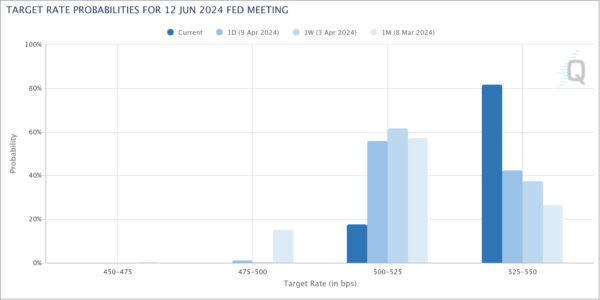
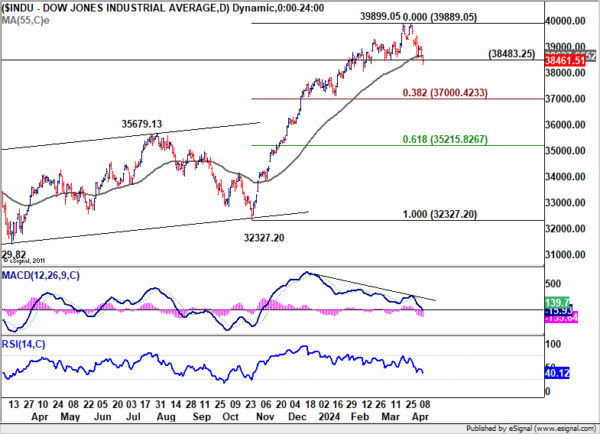
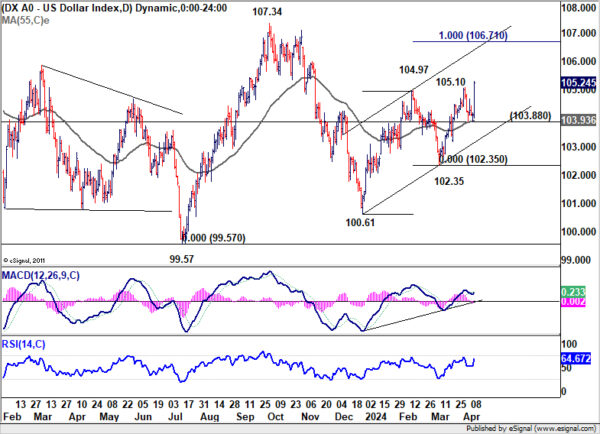
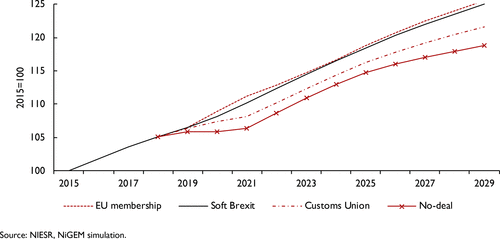
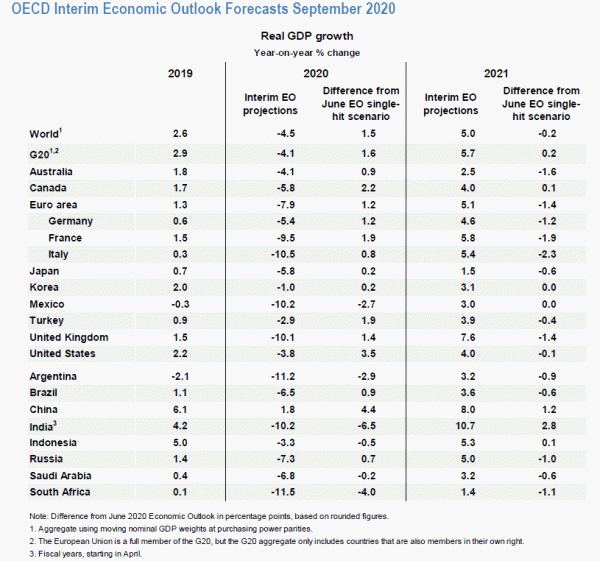
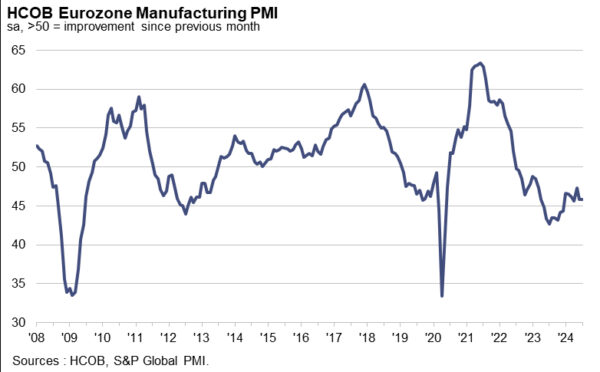
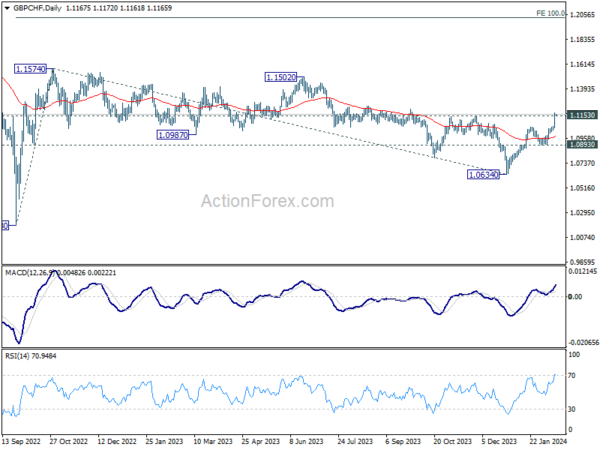
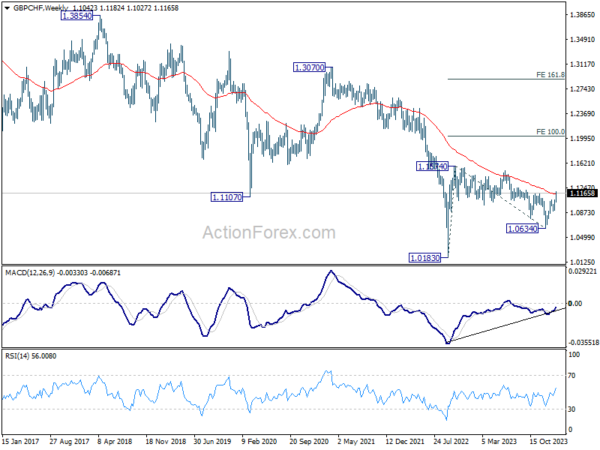
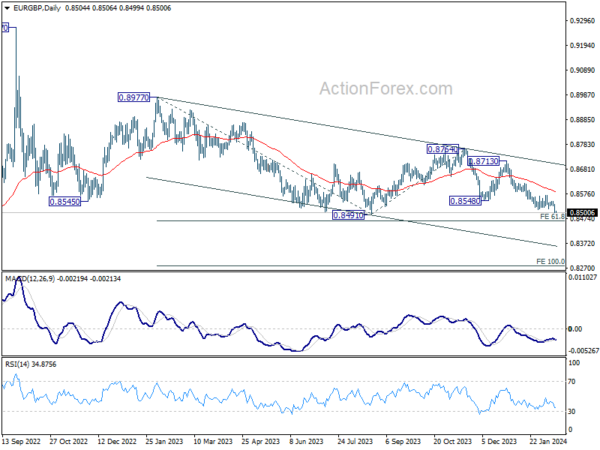
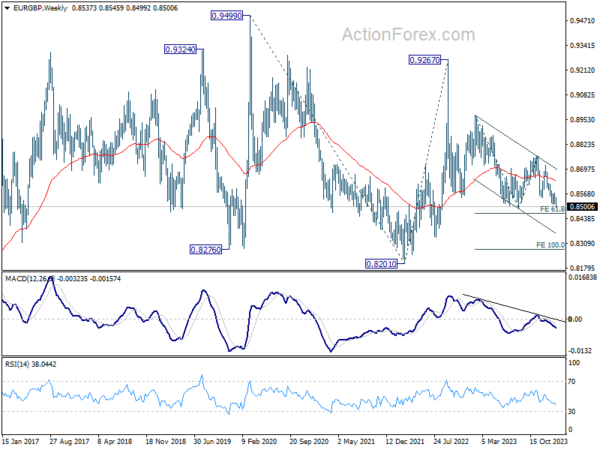
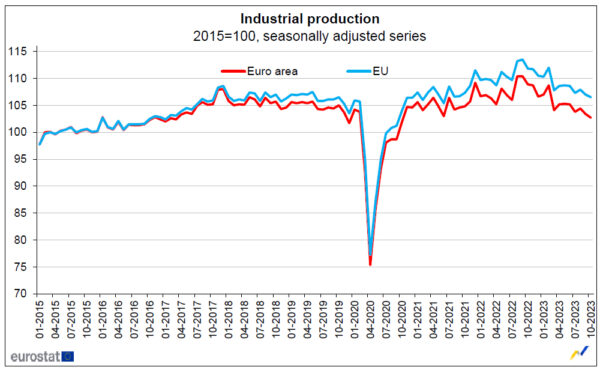
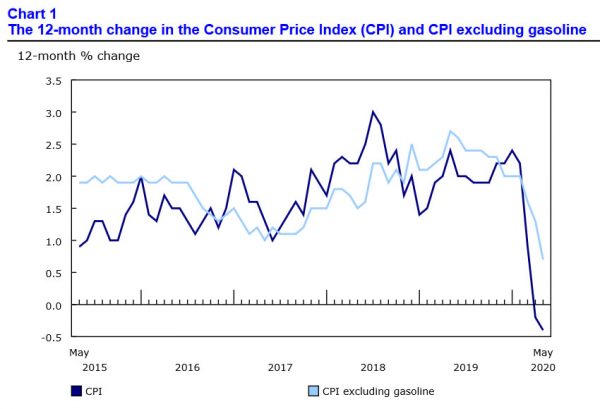
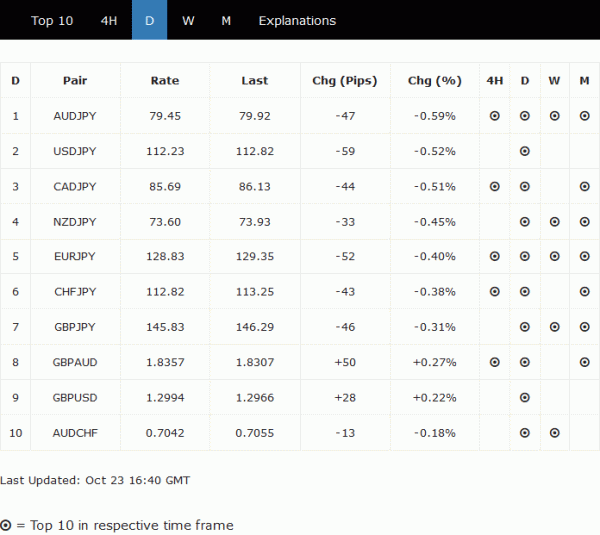
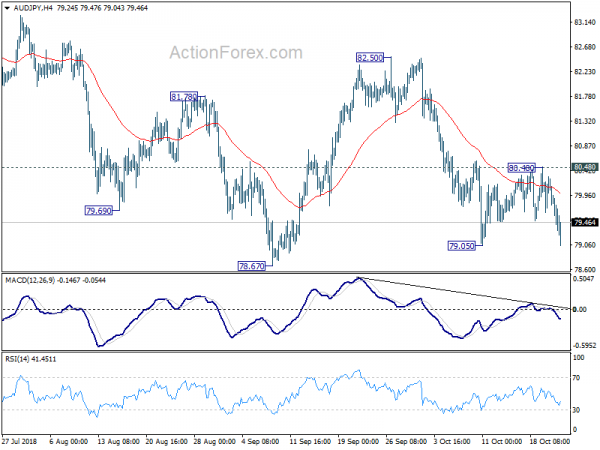
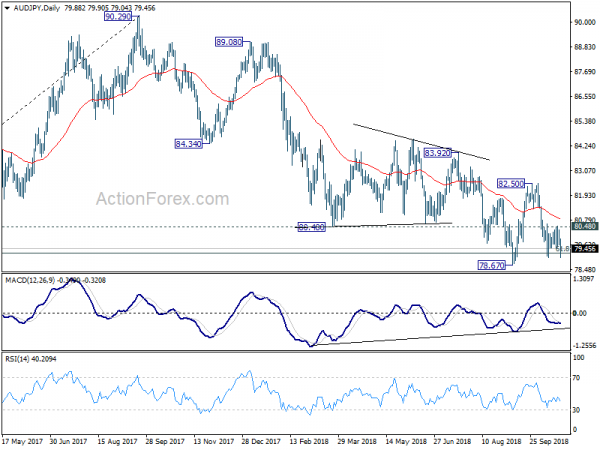
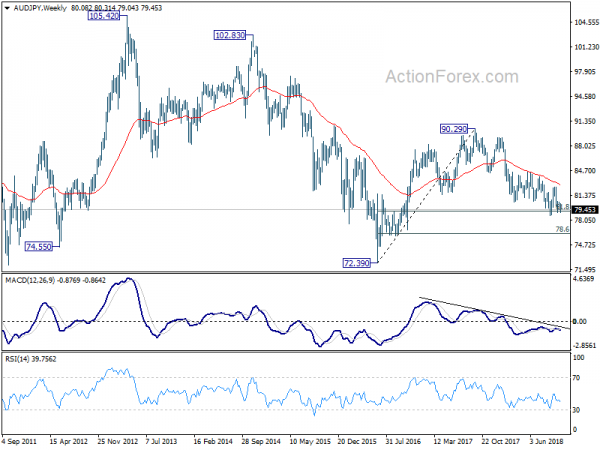
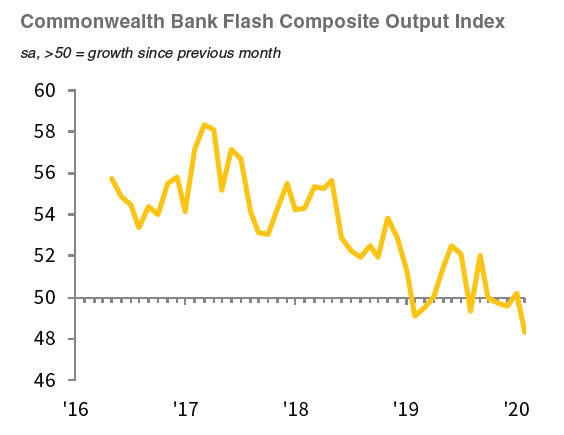
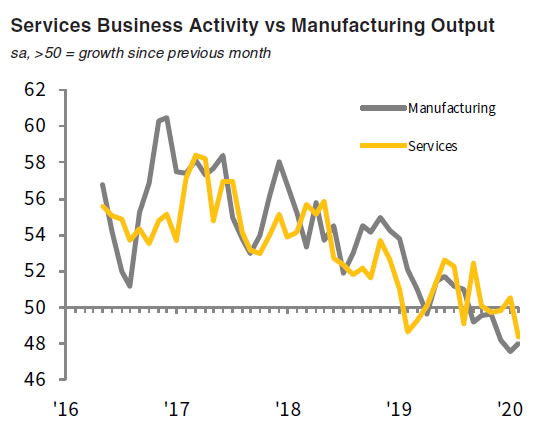
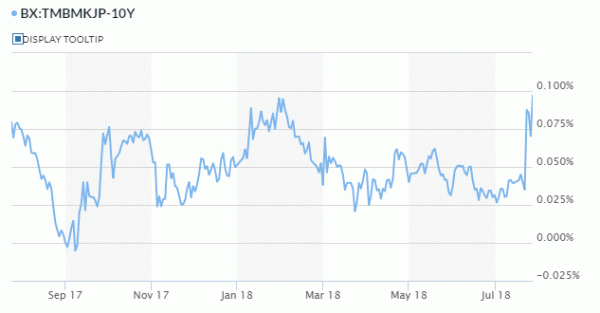
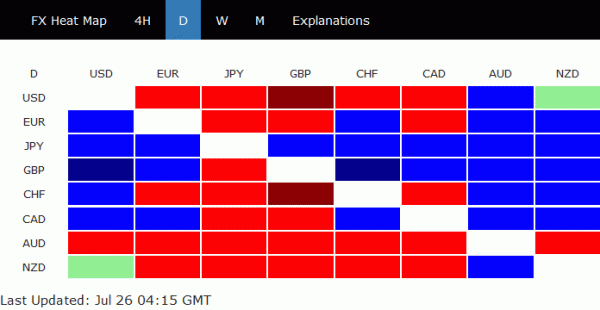
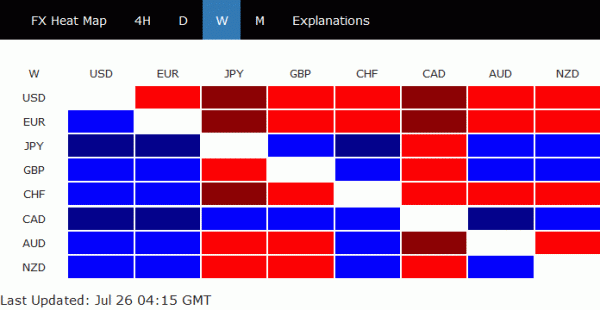

China exports dropped -0.3% yoy in Oct, imports down -0.7% yoy
In USD term, China’s exports dropped -0.3% yoy to USD 298.37B in October, well below expectation of 4.3% yoy. That’s the worst performance since May 2020.
Imports dropped -0.7% yoy to USD 213.22B, below expectation of 0.1% yoy. That’s the the worst since August 2020.
The simultaneous contraction in both exports and imports was the first since May 2020.
Trade surplus widened slightly from USD 84.74B to USD 85.15B, short of expectation of USD 95.95.